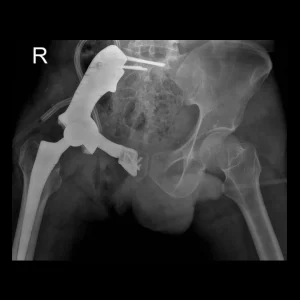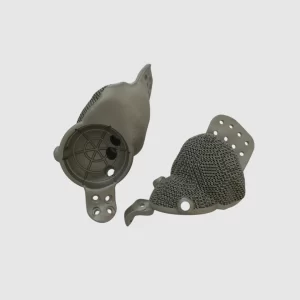Subperiosteal Implant
Custom made subperiosteal implants are used for patients who do not have enough bone for traditional dental implant placement. These implants are made of titanium and are placed on the bone and under the gum tissue in a one-stage surgical procedure, where they are screwed onto the bone.
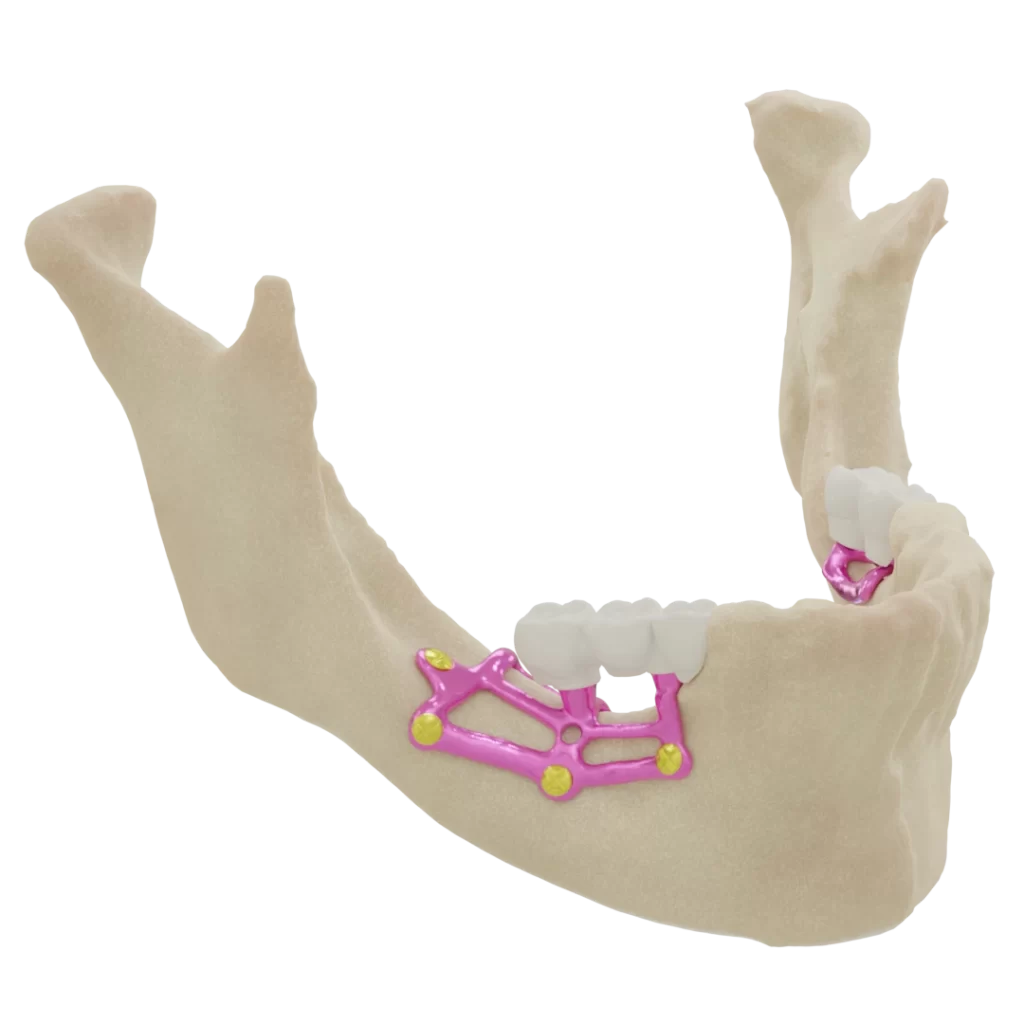
Product Overview
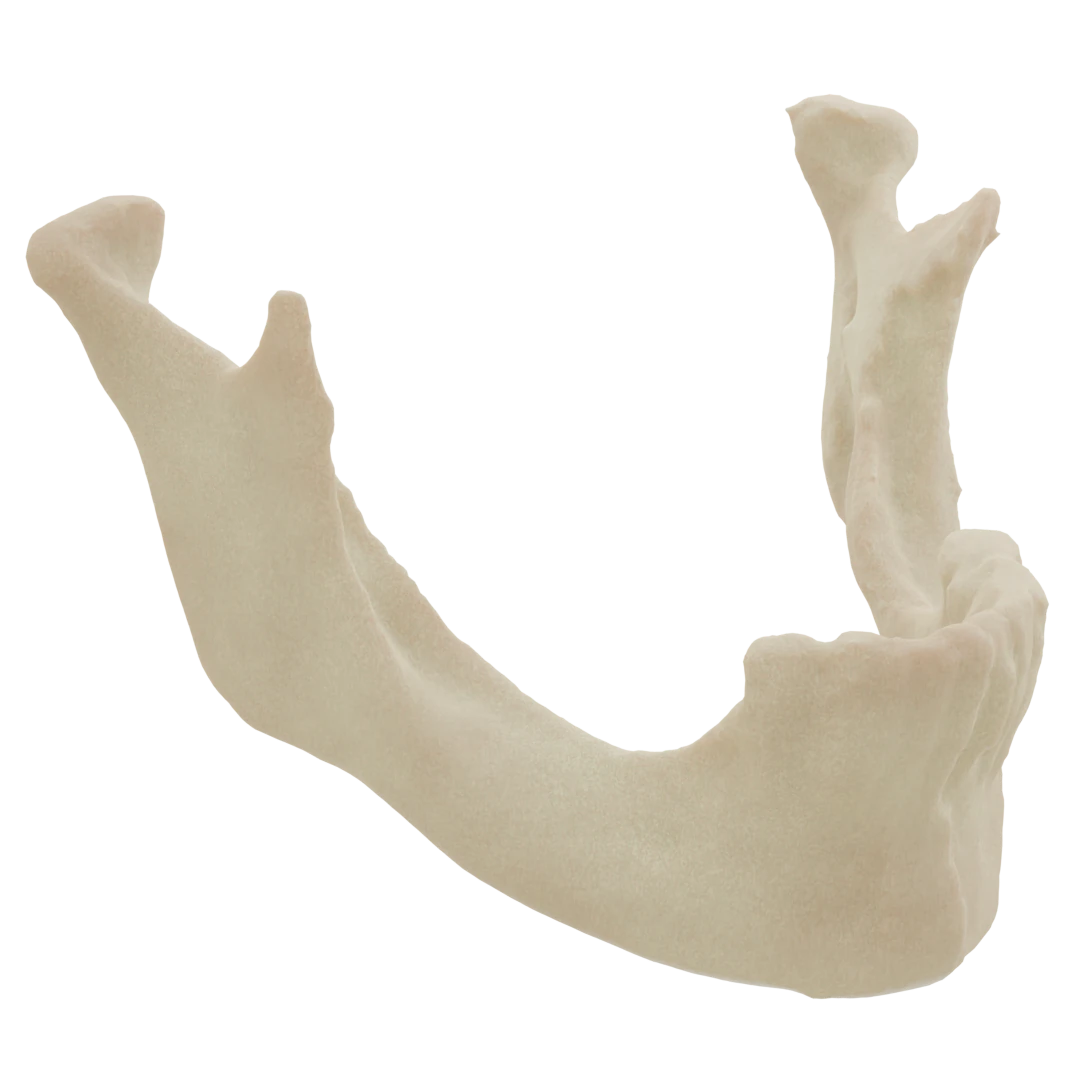
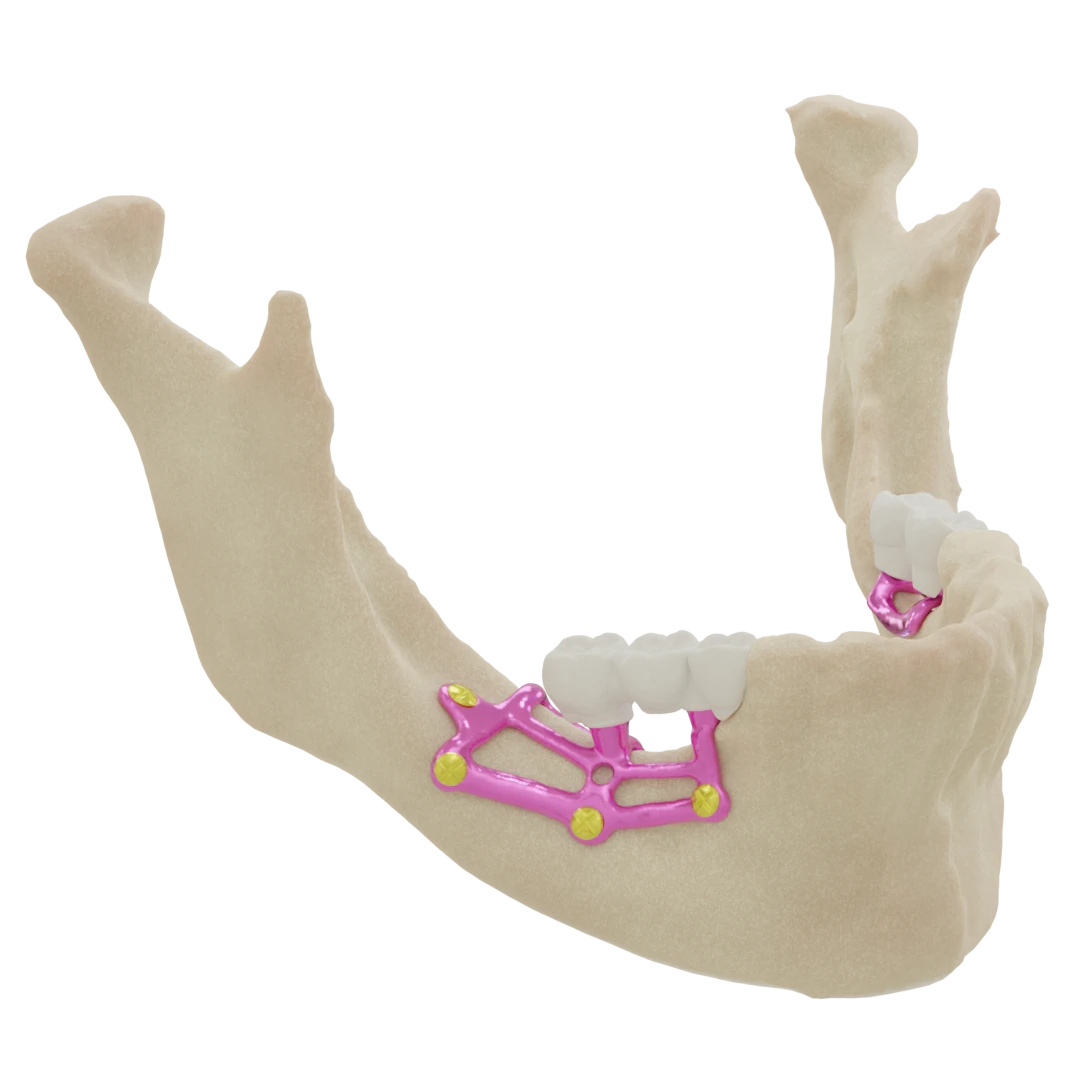
Product Overview
Customized subperiosteal implants are designed using the 3D model obtained from patient’s CT scan and have a high compatibility with the bone surface. These implants are designed as a single unit and divided into two general parts. The lower part is placed on the bone and under the gum tissue, while the upper part consisting of abutments that are placed inside the oral cavity. Each of these parts has unique features and characteristics that are customizable based on the surgeon’s opinion. Simultaneously with the manufacturing of these implants, temporary dental crowns are also designed, which are placed on the abutments during surgery.
Workflow
Medical Imaging
CT-Scan and Oral Scan will be used to reconstruct an accurate 3D model of the patient.
Schedule a CT Scan
Our team of clinical engineers will design the prosthesis based on the patient's anatomy
Manufacturing
After receiving surgeon's approval, prosthesis will be 3D printed out of titanium
Surgery
Sterilized prosthesis accompanied by a 3D printed model will be delivered to the surgeon and a representative will be present in the OR upon request
Specifications
The surgeon may choose from the available list of features depending on their treatment plan and clinical patient assessment.
Using subperiosteal implants eliminates the need for bone grafting from other areas of the body. This means that implant placement surgery can be completed in one stage, and other parts of the body will not be involved in the surgery, reducing pain and recovery time. Subperiosteal implant surgery is performed at the level of traditional implant placement surgery and, in many cases, can be performed in the office setting without the need for general anesthesia.
Subperiosteal implants are mounted on the mandible bone and screwed to it, so they have a very good fixation next to the bone.
The surface quality of subperiosteal implants can be altered based on the clinical conditions of the patient and the surgeon’s opinion. The internal surface of these implants can be made rough to proper bone growth to the surface of the prosthesis. The outer surface of the implant is made completely smooth and shiny to avoid damage to the soft tissue. Additionally, through the process of electrochemical anodizing, the implant’s color can be changed from dark gray titanium color to pink, preventing the implant’s darkness from being visible under the gumline. The oxide formed on the surface of the implant during the anodization process reduces the risk of infection.
Specifications
The surgeon may choose from the available list of features depending on their treatment plan and clinical patient assessment.
Benefits
In the conventional method of dental placement for patients who do not have enough bone, a heavy surgery is performed at first, taking bone graft from the hip, the ramus area of the jawbone, or the fibula, followed by implantation in the jawbone. After 6 months from this surgery, if it has successfully healed, the patient is ready for implant surgery, and 6 months after implantation, the patient is ready for dental crowns delivery. That is, if all successful stages are passed, it takes one year from the beginning of the treatment process to the delivery of dental crowns.
However, in the method of using subperiosteal implants, there is no need for bone grafting or bone bonding. After designing and manufacturing the subperiosteal implant, the patient’s implant is placed in a light surgical session, and temporary dental crowns are delivered to the patient. After three or four months, depending on the patient’s condition, the patient will receive permanent dental crowns.
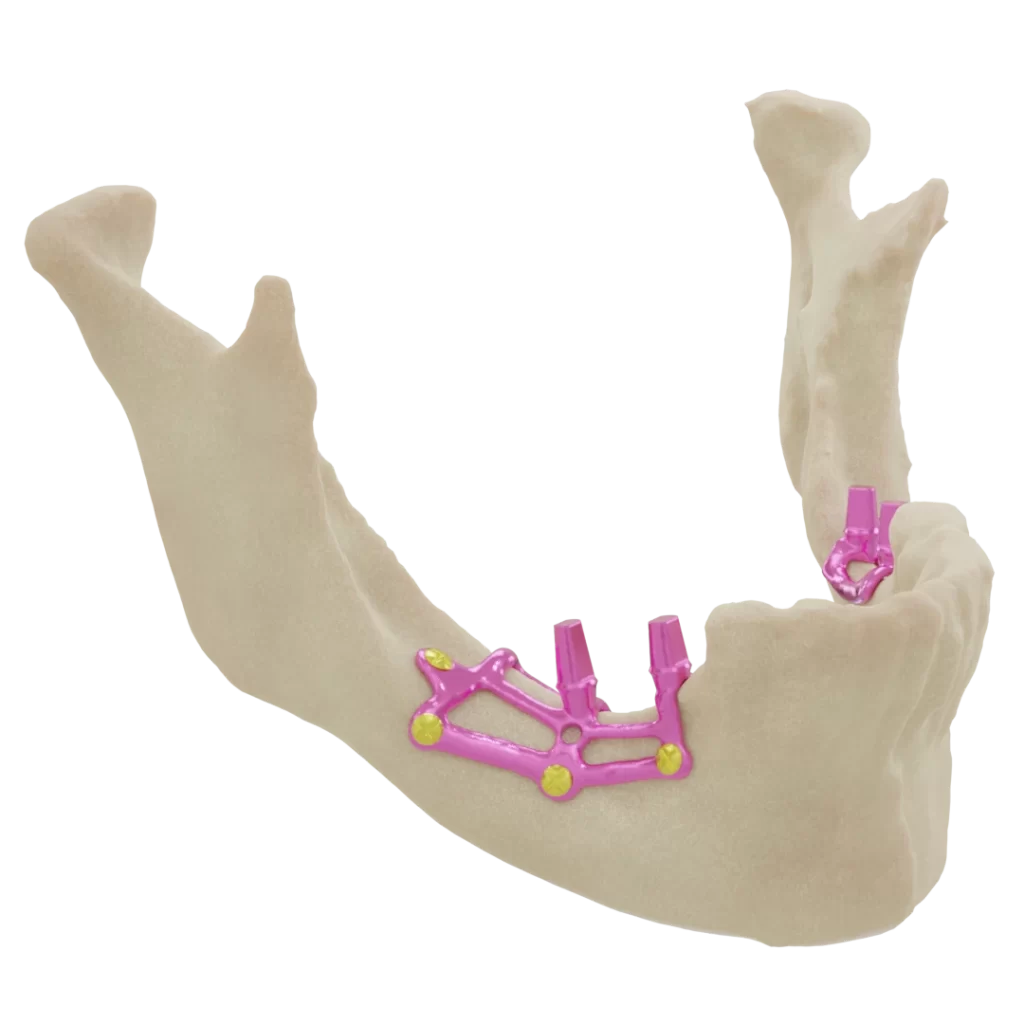
Cases report
The patient is a 31-year-old man diagnosed with pelvic osteosarcoma, who presented with...Read More
The patient is a 36-year-old man who has been diagnosed with pelvic sarcoma...Read More
The patient is a 22-year-old woman who has been affected by a Giant...Read More
The patient is a 49-year-old man who had previously undergone surgery and subsequently...Read More
Cases report
Our case reports highlight successful outcomes achieved through our custom-made implants. They showcase the effectiveness of our treatment plans and the expertise of our team in creating tailored solutions for each patient.
By reviewing these reports, you can gain a better understanding of the level of care and precision that we bring to every aspect of our work with patient specific implants.


